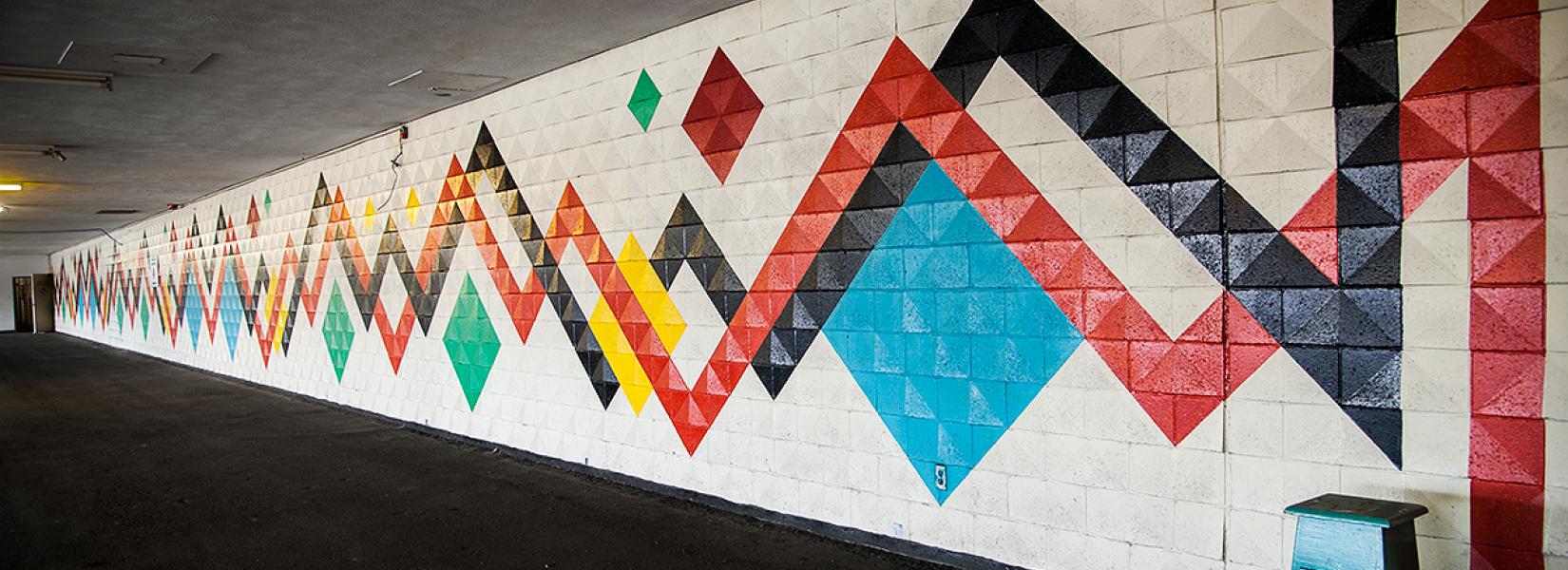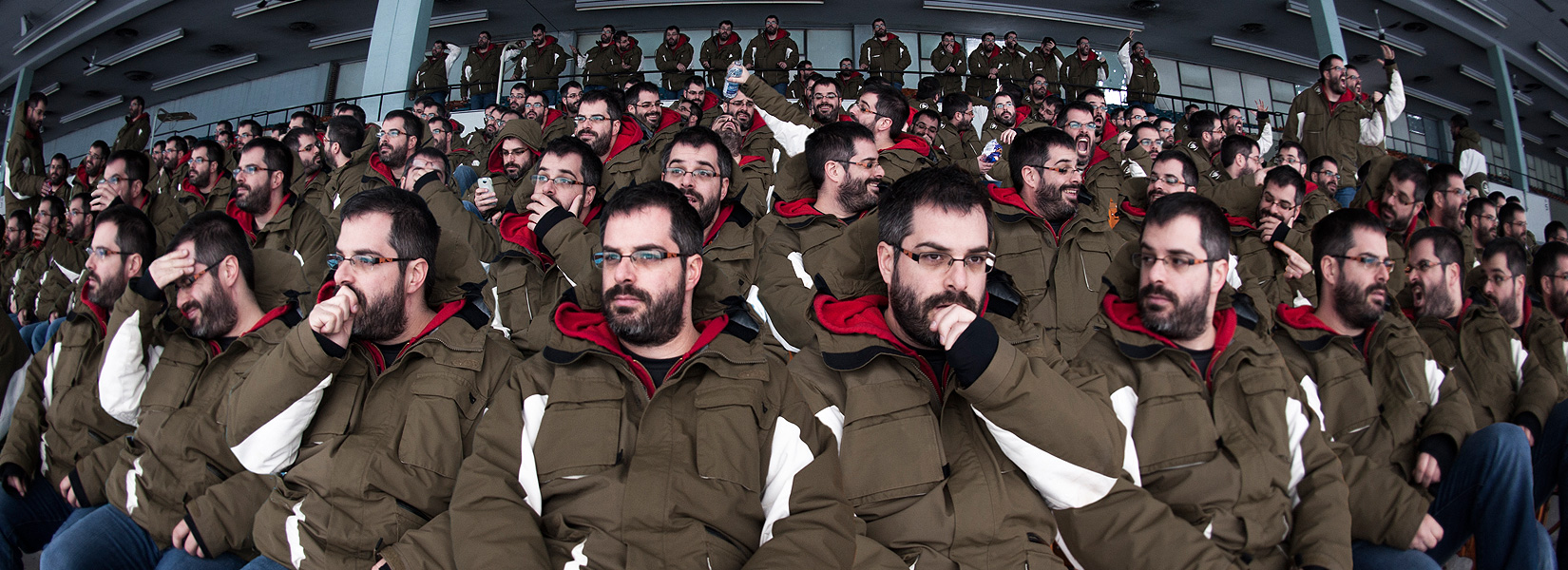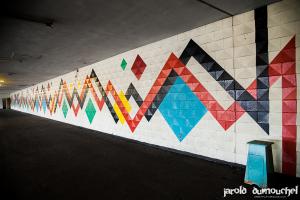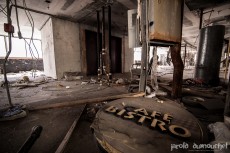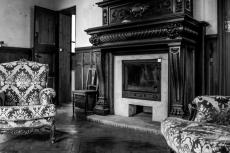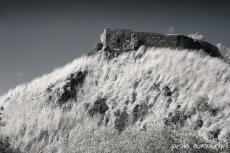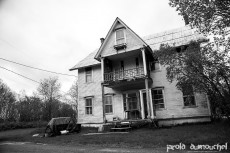Built in 1976, not much remains of this former 148 rooms hotel. In fact, apart from a concrete structure and graffitis, there is only industrial waste. The building has 18 floors and looks like an old white elephant amidst a changing neighborhood...
The abandoned Blue Bonnets Raceway
A never-ending saga
Blue Bonnets racetrack saga is not about to end anytime soon. One of the main topic of Montreal 2013 election was the huge eco-friendly residential project that politicians wanted to implant on the former racetrack site. Despite the fact that the buildings who will be destroyed are under surveillance 24 hours a day and seven days a week, optimistic observers aren’t expecting to see the first brand new building before 2017. Meanwhile, many promises will probably be forgotten…
The origins of the Montreal Hippodrome
In 1872, the first site of the Blue Bonnets racetrack is built on a farm in Ville Saint-Pierre at the limits of Montreal West. The site was cut in two by the construction of the Canadian Pacific railway in 1886, so Montreal’s high society was looking for a new site. In 1907, two years after founding the Montreal Jockey Club, John F. Ryan founded the Blue Bonnets Raceway on its current location, Decarie Boulevard. 3,000 guests were expected for the grand opening on June 4th, 1907.
In 1932, Leo Dandurand bought Blue Bonnets with two partners. The businessman was perhaps most famous as one of the owners of the Montreal Canadiens hockey club between 1921 and 1930. He and his partners paid the club $ 11,000 and won the Stanley Cup three times (in 1924, 1930 and 1931). Also, he co-founded the Montreal Alouettes in 1946, a Canadian football club.
In 1958, the racetrack changed ownership again. Jean-Louis Lévesque, one of Quebec's most influential businessmen in the 1940s and 1950s, invested several million of dollars in new facilities to accommodate 12,000 spectators. The stables were also expanded to accommodate more than a thousand horses.
Less than seven years later, the racetrack is sold to Paul Desmarais, CEO of Power Corporation, who will sell it again in 1970 when racing thoroughbreds stopped and marked the decline of the horse racing industry.
In the 1990s, the financial difficulties of the site forced the ‘Société d'habitation et de développement de Montréal’ (SHDM) to take control of it. Also, the mention of the possibility of building the Montreal Casino on this site caused dissatisfaction inside the horse associations. If some of them believed that it could be a good idea to regroup gaming facilities on a unique site, others saw it as a threat to their sport.
The Casino de Montreal is finally inaugurated in 1993 in the former pavilion of France and Quebec on Notre-Dame Island, where the 1967 Universal and International Exhibition was held. Meanwhile, the racetrack continued its descent into hell.
From 2007 to 2009, Hippodrome Blue Bonnets got its ultimate breath. Its owner, Senator Paul J. Massicotte, received several subsidies from Quebec Government to keep the industry above water.
In 2009, the site was finally abandoned and multiple projects were set in motion to revitalize the sector. To this day, only a small portion of the 43.5 hectares went under zoning modifications to allow construction of commercial spaces. For the rest, nothing has changed in the last few years.
Related content
His nickname is coming from the stuffed boar's head that adorns the entrance to the castle. Real little jewel of northern France, the secrecy surrounding its location still preserves the vandals who have already done so much damage elsewhere....
Okay, Fort Rodney is more a tourist place than abandoned, conducive to exploration. Besides, I wasn't sure about these photos on this website. Well, they are published, but I'm still not convinced to keep them all on Urbex Playground.
Not...
The place is surprising. This old rooming house next to an old railway was, in another era, the nerve center of this small village in Eastern Townships. Abandoned for over fifty years according to some, it remained intact and time has slowly...

